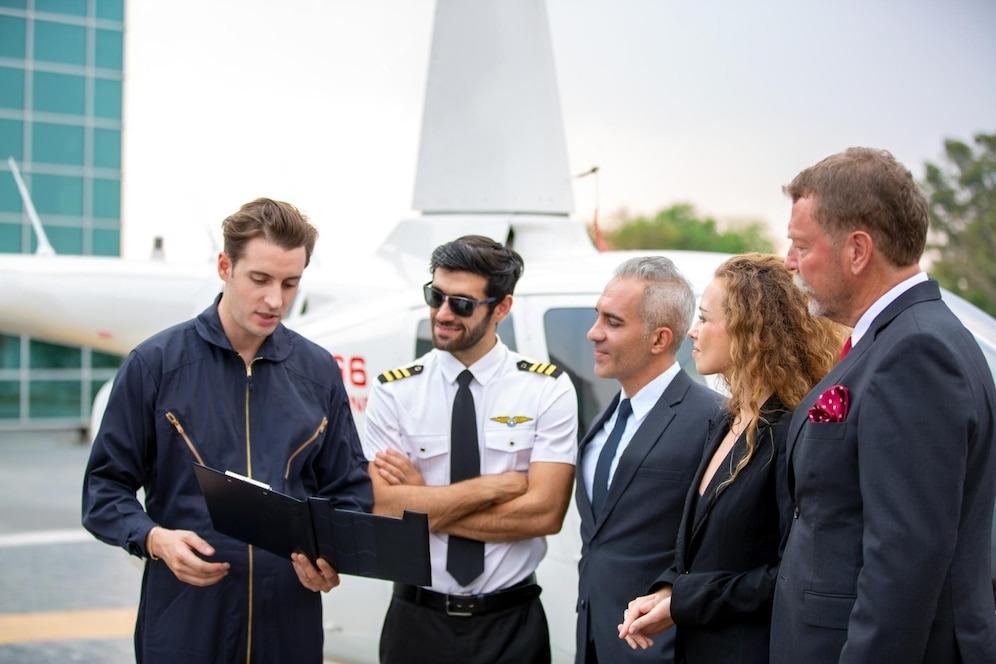Starting your aviation career is exciting, especially when you dream of becoming an airline captain. From obtaining your Private Pilot License (PPL) to eventually securing an ATPL in Australia, there are several important steps to follow. Whether you aim to fly for commercial airlines or charter companies, here is a detailed article about how your career path begins to shape.
The First Step: Earning Your Private Pilot License
The Private Pilot License (PPL) is where every pilot begins. It grants you the ability to fly small aircraft solo and carry passengers but does not allow you to get paid for your flying services. To obtain a PPL in Australia, you must be at least 17 years old and hold a medical certificate. Training includes around 35 to 40 hours of flight experience, including solo and co-pilot hours. You also need to pass a theoretical exam. Most students complete their PPL training within six to 12 months, depending on availability and dedication.
Advancing to Commercial Pilot License (CPL)
After getting your PPL, the next step is moving towards a Commercial Pilot License (CPL). The CPL allows you to be paid for your services, opening up career opportunities such as charter flying, aerial photography, or becoming a flight instructor. To qualify for a CPL, you must accumulate at least 150 flight hours. You will also need to pass more advanced theory exams and demonstrate proficiency in day and night flying. The CPL is your gateway to earning a living as a pilot and gaining valuable experience for your final goal of achieving an ATPL in Australia.
Acquiring an Instrument Rating (IR)
Once you have your CPL, obtain an Instrument Rating (IR). This certification allows you to fly in more challenging weather conditions using only the aircraft’s instruments. An IR is a requirement for pilots who want to pursue a commercial career in aviation, as it provides more flexibility in various flight environments.
Building Flight Hours
A critical step toward earning your ATPL in Australia is building flight hours. You will need at least 1,500 flight hours to qualify for the ATPL, including multi-crew experience. Many pilots accumulate these hours by working as flight instructors, charter pilots, or first officers for smaller airlines. Building these hours ensures you have the required experience and skills to handle commercial airline operations.
Achieving the Ultimate Goal: ATPL in Australia
The Airline Transport Pilot License (ATPL) is the highest certification a pilot can achieve and is required to become a captain for commercial airlines. To qualify for the ATPL in Australia, you must be at least 21 years old, hold a CPL, and complete specific theory exams and multi-crew cooperation training. The ATPL allows you to command large, multi-crew aircraft in commercial operations. You will also need to pass a rigorous flight test, and once you have your ATPL, it opens doors to a wide range of career opportunities in Australia’s growing aviation sector.
Conclusion
Planning your career from a Private Pilot License to an ATPL in Australia requires determination, commitment, and hard work. Each step, from obtaining your PPL to accumulating flight hours and earning your ATPL, brings you closer to achieving your dream of flying for a commercial airline. Stay focused on your goals, and you will eventually soar to new heights in the aviation industry.
Google My Business Profile : https://maps.app.goo.gl/MLyWXekWuoFccJ6L9







